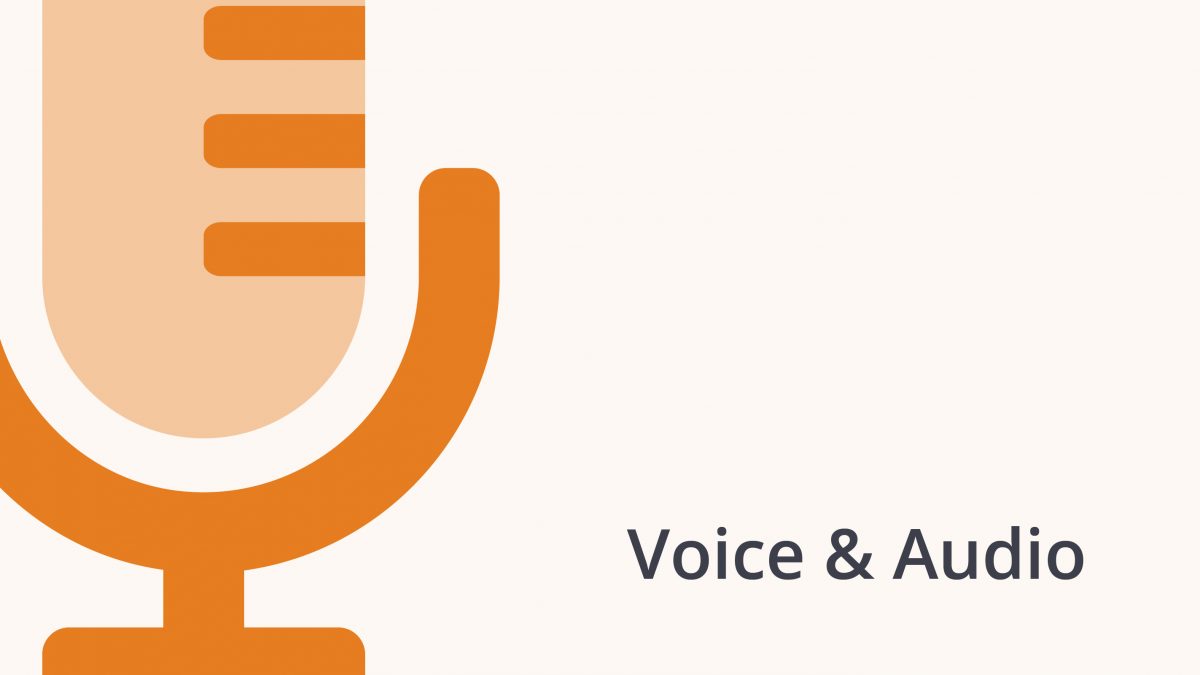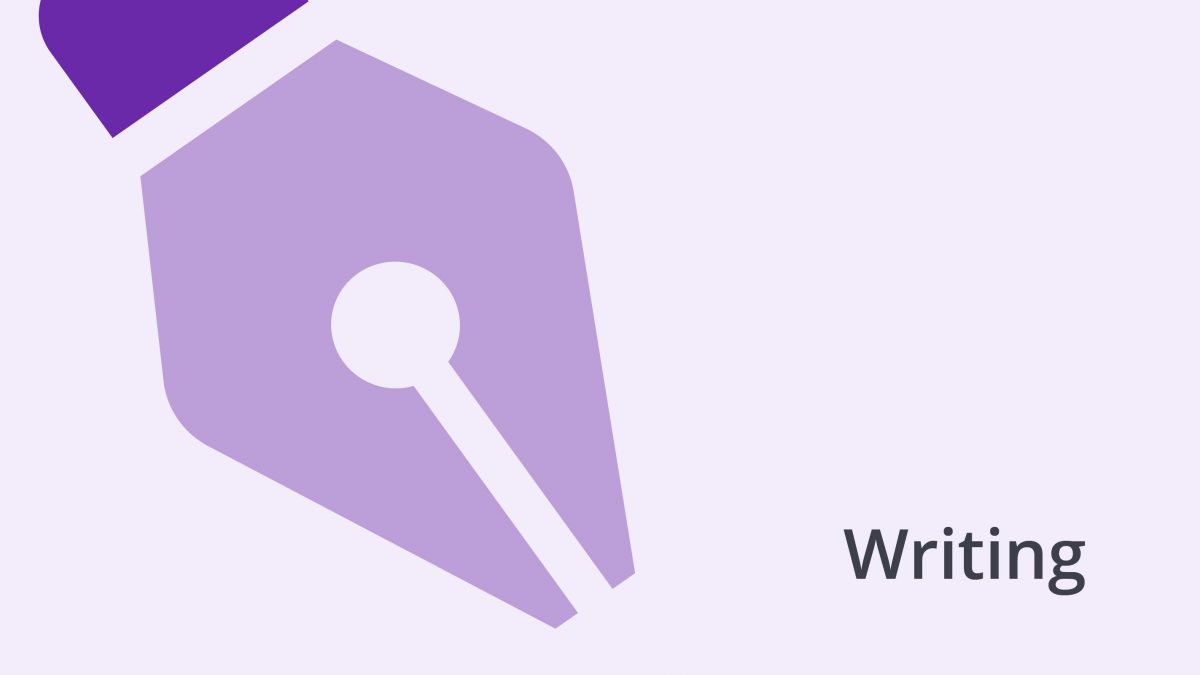If you don’t care to check your web contents’ Flesch reading ease, you’re slowly heading down the wrong road. It also means your audience is not benefitting much from the articles and copies you put out. But it’s never too late to learn and turn! Read on to discover the importance of readability and why you should prioritize it moving forward.
For many business owners, the goal is to reach the average customer. No matter how formal you’d like to sound, learn to separate between a weirdly technical copy and an official yet reader-friendly tone. In a nutshell, seek to create content that your formal audience can read without difficulty.
It’s also wrong to think that every visitor who comes to your website will add-to-cart (and proceed to checkout) or subscribe to a service. Sometimes, prospects come searching for valuable information online, and when Google leads them to your website, they expect instant help. Organized, easy-to-read work inspires the visitor to continue to the end. Remember, a website user will easily skip any blog they find too technical or difficult to read.
Readability is a big deal because sharing work that your prospects find unreadable undermines the whole point of posting it.
Remember, every copy you share should add value to your prospects.
Flesch Reading Ease: What is it?
The Flesch reading ease is a formula crafted by Rudolf Flesch to help writers determine their contents’ readability.
After identifying a topic of interest, you must go the extra mile to ensure the shared information is readable. Your language, word choice, sentence length, and paragraphing should inspire your readers to go through the whole piece.
A higher score means the work is easy-to-read, while a low score indicates hard-to-read content. Anything 90 to 100 is quite readable and easy-to-understand, even by an 11-year-old learner. Similarly, scores on the lows of 0 to 30 are often a red flag and a clear sign your work is a challenging read (readable to campus-level students).
In essence, technical words with over four syllables along with long sentences make your content unreadable.
Flesch Reading Ease: How to Decide the Right Readability Score for Your Audience
For most brand owners, the priority is to reach the average customer. No matter how formal your sector is, learn to separate between a weirdly technical copy and an official, yet reader-friendly, tone.
Your industry should define your content’s readability score. If you’re writing for a graduate-level audience, it’s okay to use relevant technical jargon and reasonably-long sentence lengths. You’ll also note that B2B content requires a certain level of fluency and a different approach than B2C copies. Whichever the case, learn to produce articles with the highest Flesch reading ease per your industry’s standards.
Readability matters because sharing work that your target group can’t read undermines the whole point of sharing it. Remember, every copy should add value to your prospects.
To appeal to your audience, start by investigating what content they love to read. That way, you can master how to lure them to your side.

Steps to Decide the Right Content Readability Score for Your Website Articles
Follow these steps to get started on content readability.
Phase 1: Familiarize with Your Target Group/Create Personas
To boost your blog content or ebook’s readability, start by defining your prospects or creating personas.
Consider factors like your industry, surrounding, literacy levels, and the socio-economic status of your prospective clients.
Gathering plenty of information about your target group makes it easier to develop content that they’ll relate to.
Phase 2: Read what they read
What kind of blogs do your prospects read? Understanding their favorite content gives you an idea of the Flesch reading ease to use for your content.
Go through whatever your target group reads. Be meticulous with details like word choice, sentence lengths, punctuation, and paragraphing. Remember, all these factors play a part in your work’s readability.
Adopt this writing style and develop a strict readability policy for any content you share with your customers. Lastly, this is also the time to study their reading patterns and preferences.
Phase 3: Check the readability score for your audience’s preferred content
After identifying your audience’s favorite content, analyze their Flesch reading ease to establish the correct score for your industry.
Create content that aligns with your focus group’s readability level. Anything below or above your niche may likely put off readers.
Choose content from your customers’ favorite posts and use online tools to check their scores. This will give you a rough idea of what your audience expects.
Phase 4: Produce Original Content based on your research
With all these resources at hand, you can now start producing content that your users will love.
Whether you choose to handle this alone or assign a freelance content writer to do this, it’s paramount to prioritize readability score. Use the right jargon, tone, punctuation, paragraphing, and voice-based on your prospects.
Give specific instructions like the number of words per sentence or the number of sentences per paragraph. You can also give a restriction on the number of polysyllabic words.
Phase 5: Check your Readability Score
Lastly, you want to confirm your work’s Flesch reading ease before sharing it with would-be clients.
You can do this by running your work through online readability tools like Readable, Grammarly, or Online Utility. This is also the time to tweak your content to achieve the score you’re after. Practicing this time and again helps you grow a content culture that prioritizes readable content.
Remember, readability is a big deal because sharing work that your prospects find unreadable undermines the whole point of posting it. Remember, every copy you share should add value to your chances.
Beyond impacting access to content, readability can also affect your website’s Search Engine Optimization.
Increasing Your Copy’s Flesch Reading Ease
The Flesch reading ease or readability test helps you determine your contents’ readability score. A higher score means the work is easy-to-read, while a low score indicates hard-to-read content.
Any copy that scores 90 to 100 is quite readable–easy-to-understand, even by an 11-year-old learner. Similarly, scores on the lows of 0 to 30 are often a red flag and a clear sign your work is a challenging read (readable to campus-level students).
Yet gone are the days when you posted anything on your website. Most prospects will likely ditch anything they don’t understand after the first paragraph if you ignore Flesch reading ease.
After identifying a topic of interest, you must go the extra mile to ensure the shared information is readable. Your language, word choice, sentence length, and paragraphing should inspire your readers to go through the whole piece.
5 Tips to Increase an Article’s Readability
So you’ve done all the research work and created what you consider the perfect content for your niche audience. But as soon as you run it through a readability checker, you realize that the result is way below your expectations.
Your industry should define your content’s readability score. If you are writing for a graduate-level audience, it’s okay to use relevant technical jargon and reasonably-long sentence lengths.
Learning the correct score for your industry ensures you write to fit your audience’s needs.
Follow these steps to boost your piece’s readability.
1. Reduce Sentence Lengths
Long sentences are the first culprit if you record a low score in a readability test. To avoid being flagged as difficult-to-read, use short, straight point sentences. Split any seemingly-long ones into short phrases that make complete sense.
This is also the time to eliminate polysyllabic or long words. The best tools will help you identify weak areas and make changes on the go.
2. Avoid technical jargon
Many industries use vocabulary that the general public isn’t familiar with. However, it’s best to consider your audience when sharing any information.
Use everyday language unless you’re writing for professionals who understand complicated industry jargon.
3. Replace long words with shorter synonyms
Word-length can be a significant stumbling when looking to improve an article’s readability. While some testing tools calculate it based on the number of syllables, others check the letter count.
Replacing long words with shorter synonyms is an excellent way to get quick results in readability tests.
4. Punctuate Properly
Punctuation matters in helping your clients understand the information. Every punctuation should help achieve that goal. If not, exclude it from your work.
Practice fair use of colons and sem-colons. Also, learn to use quotation marks properly and know when to use a hyphen.
Checking your work on grammar tools like Grammarly can help you master the art of punctuating your work accurately.

5. Break your work into bits
Customers hate blocks of paragraphs because they are challenging to scheme through and extract data from.
Consider splitting your copy into sub-topics and using bullets to highlight points whenever possible.
Breaking your work into bits makes the information more accessible to all readers as one can easily scheme through and capture essential data.
When structuring your work, it’s essential to consider the blog’s message. The dominant theme should form the sub-topics, with each small heading answering serious customer concerns.
Final Words
How readable is the info you share with clients and would-be buyers? Does your audience love the flow, style, and tone?
Even factors like font size and type matter if you’re after a flawless copy.
To boost your blog content or e-book’s readability, start by defining your prospects or creating personas. Consider factors like your industry, surrounding, literacy levels, and the socio-economic status of your prospective clients. Gathering plenty of information about your target group makes it easier to develop content that they’ll relate to.
Don’t forget to double-check the Flesch reading ease before posting a blog or sending your client an e-book. Analyze your copy word for word before posting to note potential errors that may compromise its readability.
Leave it to the Pros
Because readability is a sensitive issue, you want to choose if you hire someone else to produce your web copies carefully.
Vet expert writers from Bunny studios to find the perfect fit for your next project.










